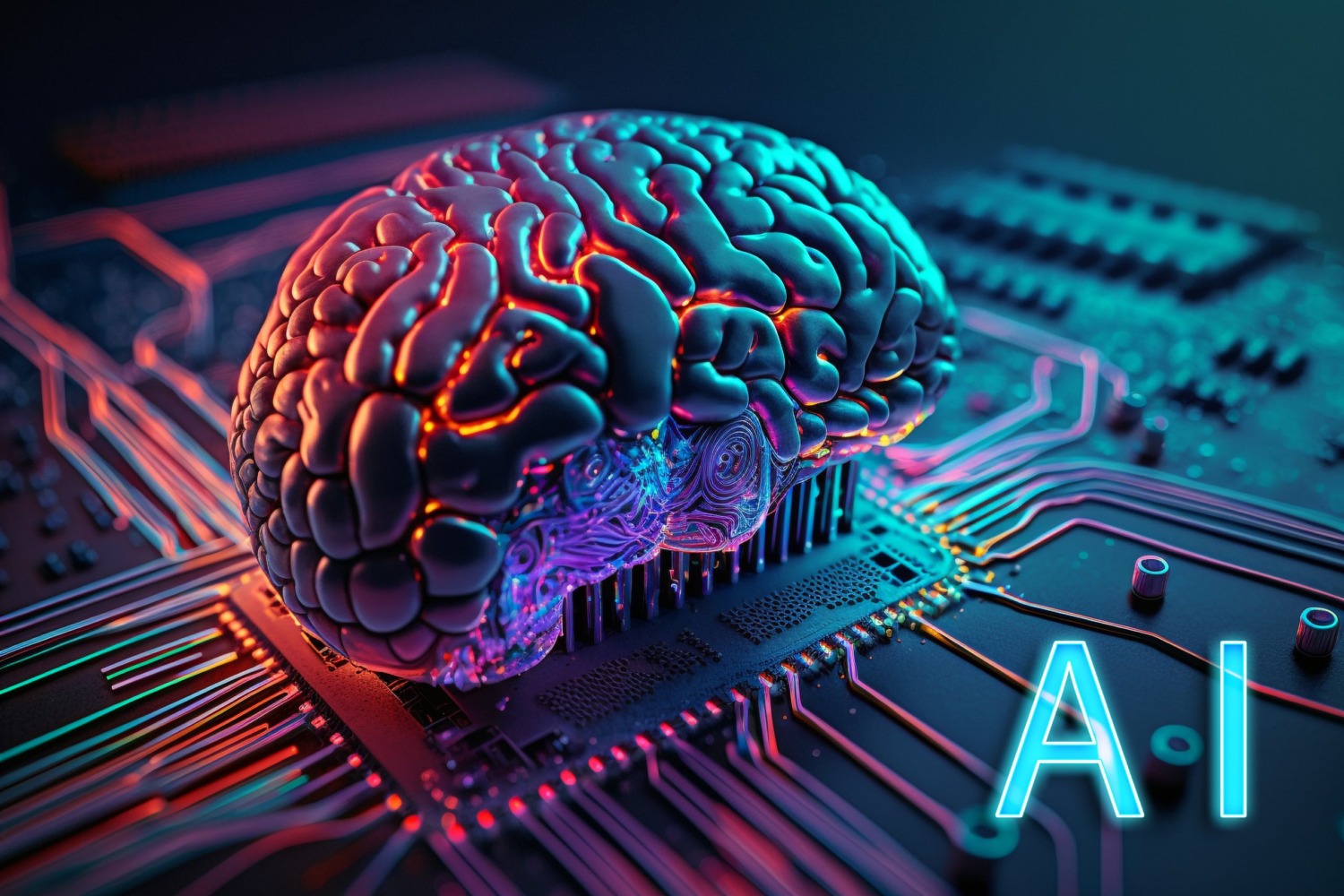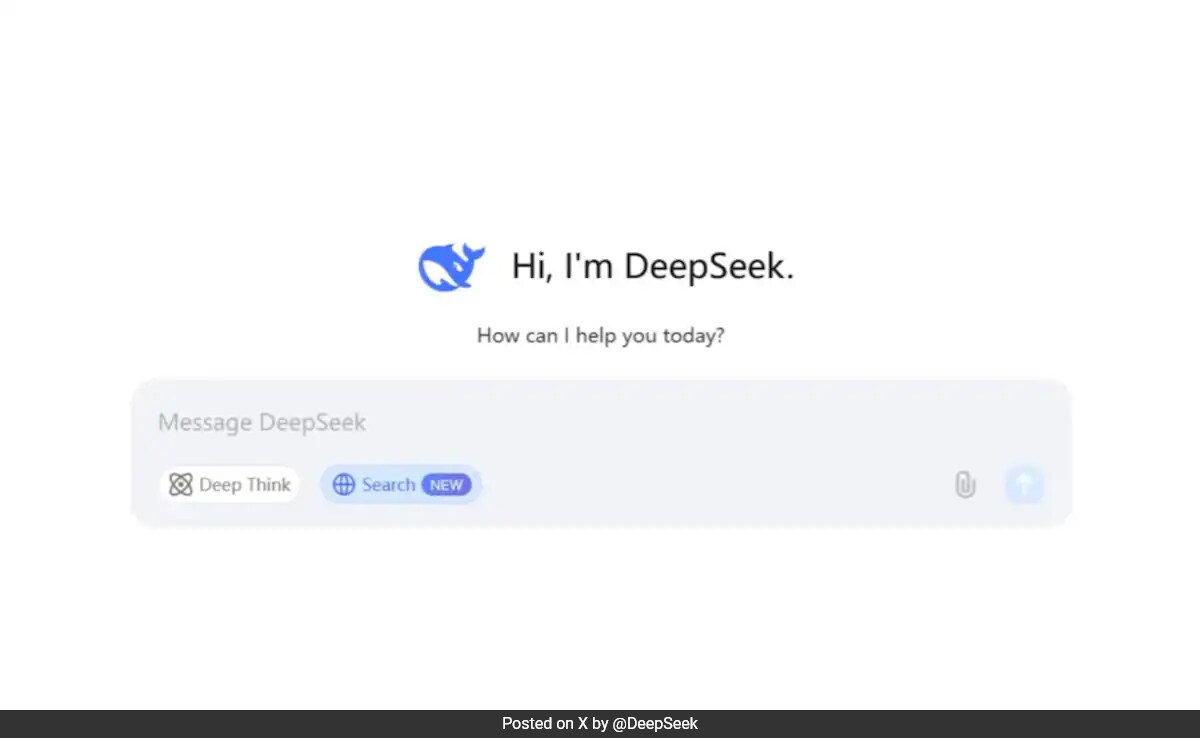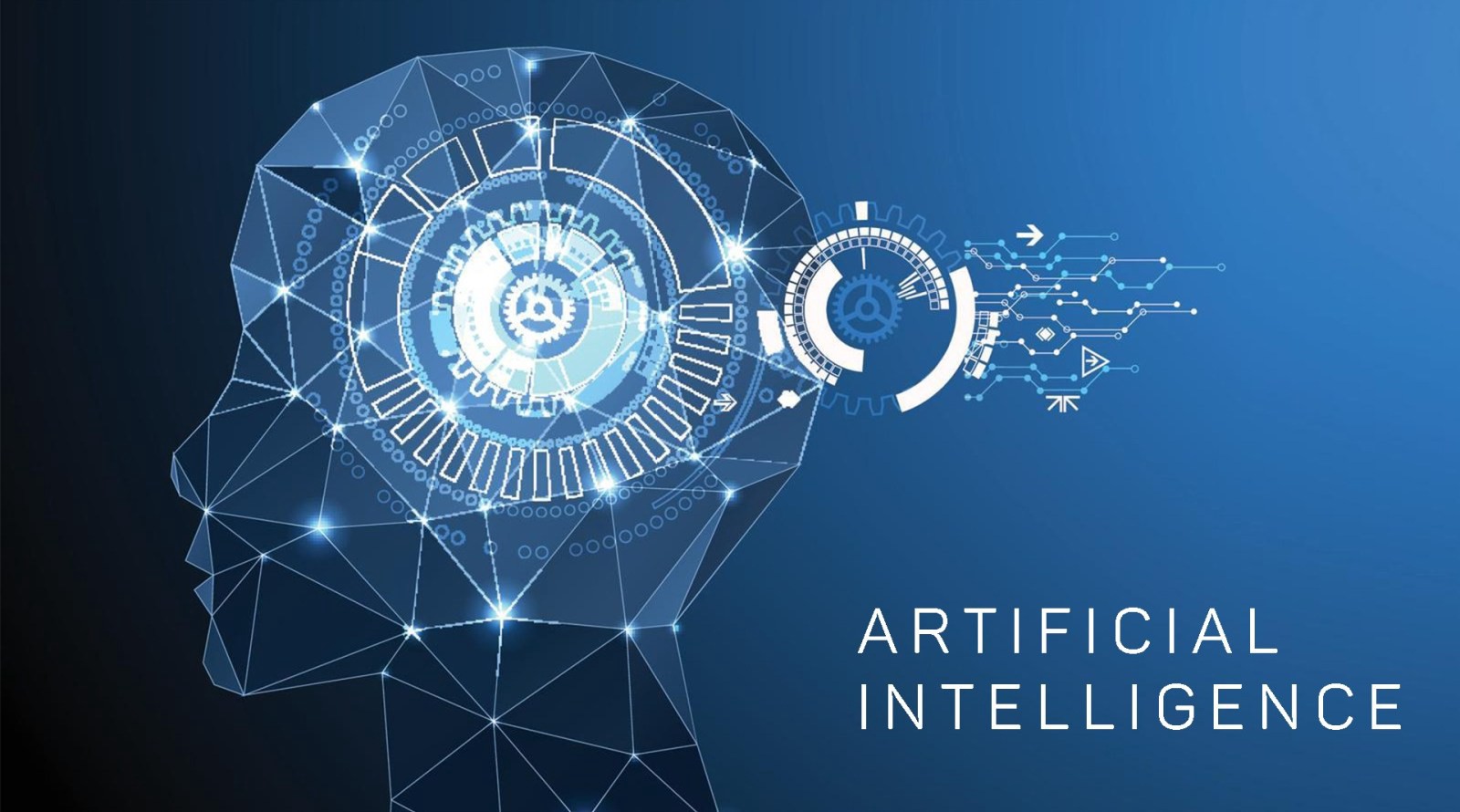Phasic Kombatives Integrated
You are not logged in.
- Topics: Active | Unanswered
Announcement
Welcome to the PKI board, and remember this is all about PKI and the martial arts ONLY!
Pages: 1
#1 Kenpo » The Combination of These Groundbreaking Technologies » 2025-02-01 06:15:18
- SantosHoot
- Replies: 0
NEW YORK CITY, Jan. 28, 2025 (GLOBE NEWSWIRE)-- Roadzen Inc. (Nasdaq: RDZN) (" Roadzen" or the "Company"), an international leader in AI at the intersection of insurance and mobility, today revealed the integration of DeepSeek's open-source reasoning design into Roadzen's recently released MixtapeAI platform. The mix of these groundbreaking technologies, readily available since today, brings innovative reasoning-based AI representative capability to services in the insurance and mobility sectors while preserving stringent data sovereignty.
Roadzen's MixtapeAI Platform automates complicated workflows across numerous touchpoints, providing smart, tailored, and protected client experiences for insurance providers, brokers, agents, carmakers, and fleets. To date, MixtapeAI has leveraged structure designs, such as OpenAI, Google, Anthropic, and Meta, and as of today it is also incorporated with DeepSeek R1. With the combination of DeepSeek R1-touted as the world's most powerful open-source advanced reasoning model with traceability - Mixtape can deliver intelligent and context mindful representatives in intricate workflows. Importantly, all usage of MixtapeAI is confined to our data centers in the United States, Europe, and India, depending on the customer places, guaranteeing rigorous data sovereignty as no info takes a trip outside these regional areas.
Rohan Malhotra, Roadzen's Founder and CEO, commented, "We are incredibly thrilled about DeepSeek's developments in their state-of-the-art models that allow us to lower reasoning expenses and offer reasoning traces in our Mixtape representatives. When opportunities occur to enhance the quality and cost of our items, we act swiftly to bring them to our customers. By leveraging DeepSeek's innovative reasoning abilities in AI representatives that manage KYC, onboarding, consumer support, sales, and policy administration from quote to claim, we offer a robust, enterprise-grade option with total data sovereignty to our customers. Mixtape with DeepSeek R1 is instantly available to our clients internationally without rate constraints, and we are already seeing adoption just days after launch.
Mr. Malhotra continued, "As structure models continue to advance in a hyper-competitive landscape, we think that the majority of economic value will be understood at the application layer in AI, particularly within the insurance coverage and movement sectors, and we are thrilled to lead this modification."
About Roadzen Inc
. Roadzen Inc.( Nasdaq: RDZN) is a worldwide innovation business changing vehicle insurance coverage utilizing advanced expert system (AI). Countless clients, from the world's leading insurance providers, carmakers, and fleets to dealerships and car insurance agents, utilize Roadzen's innovation to construct new items, offer insurance coverage, process claims, and enhance roadway safety. Roadzen's pioneering operate in telematics, generative AI, and computer vision has made recognition as a top AI innovator by publications such as Forbes, Fortune, and Financial Express. Roadzen's mission is to continue advancing AI research study at the intersection of movement and insurance, introducing a world where mishaps are avoided, premiums are reasonable, and claims are processed within minutes, not weeks. Headquartered in Burlingame, California, the Company has 360 staff members across its global workplaces in the U.S., India, U.K. and France.
To read more, please visit www.roadzen.ai.
Cautionary Statement Regarding Forward Looking Statements
This news release includes forward-looking statements within the significance of Section 27A of the Securities Act of 1933, as amended (the "Securities Act"), and Section 21E of the Securities Exchange Act of 1934, as modified (the "Exchange Act"). We have actually based these positive statements on our present expectations and projections about future events. These forward-looking declarations are subject to recognized and unknown risks, unpredictabilities and assumptions about us that may trigger our real outcomes, levels of activity, efficiency or accomplishments to be materially various from any future outcomes, levels of activity, efficiency or achievements expressed or indicated by such forward-looking declarations. In some cases, you can identify positive statements by terminology such as "may," "should," "could," "would," "expect," "strategy," "prepare for," "think," "price quote," and "continue," or the unfavorable of such terms or other similar expressions. Such statements consist of, however are not limited to, statements concerning the expected benefits of our products and solutions, our anticipated earnings growth, technique, demand for our items, growth plans, future operations, future operating outcomes, approximated earnings, losses, projected expenses, prospects, strategies and goals of management, in addition to all other statements besides statements of historical truth included in this press release. Factors that may trigger or add to such a disparity consist of, but are not limited to, those explained in "Risk Factors" in our Securities and Exchange Commission ("SEC") filings, consisting of the yearly report on Form 10-K we filed with the SEC on July 1, 2024. We urge you to consider these aspects, dangers and unpredictabilities thoroughly in evaluating the forward-looking declarations included in this news release. All subsequent written or oral forward-looking statements attributable to our company or persons acting upon our behalf are expressly qualified in their whole by these cautionary declarations. The positive statements included in this news release are made just as of the date of this release. Except as specifically needed by appropriate securities law, we disclaim any intention or responsibility to upgrade or revise any forward-looking statements, whether as an outcome of brand-new details, future events or otherwise.
#2 Kenpo » Explained: Generative AI » 2025-02-01 01:50:35
- SantosHoot
- Replies: 0
A quick scan of the headings makes it seem like generative artificial intelligence is everywhere nowadays. In truth, a few of those headings may really have actually been written by generative AI, like OpenAI's ChatGPT, a chatbot that has actually demonstrated an uncanny capability to produce text that seems to have actually been composed by a human.
But what do individuals truly suggest when they state "generative AI?"
Before the generative AI boom of the previous few years, when individuals spoke about AI, generally they were discussing machine-learning models that can find out to make a forecast based upon information. For circumstances, such models are trained, utilizing countless examples, to anticipate whether a particular X-ray shows signs of a growth or if a particular customer is most likely to default on a loan.
Generative AI can be considered a machine-learning model that is trained to develop brand-new data, instead of making a prediction about a particular dataset. A generative AI system is one that finds out to create more objects that appear like the data it was trained on.
"When it pertains to the real machinery underlying generative AI and other types of AI, the differences can be a bit blurry. Oftentimes, the exact same algorithms can be utilized for both," states Phillip Isola, an associate teacher of electrical engineering and computer technology at MIT, and a member of the Computer technology and Expert System Laboratory (CSAIL).
And regardless of the buzz that came with the release of ChatGPT and its equivalents, the innovation itself isn't brand new. These effective machine-learning models draw on research and computational advances that return more than 50 years.
A boost in complexity
An early example of generative AI is a much easier model called a Markov chain. The strategy is named for Andrey Markov, a Russian mathematician who in 1906 presented this statistical technique to model the behavior of random procedures. In machine knowing, Markov designs have long been utilized for next-word prediction jobs, like the autocomplete function in an email program.
In text prediction, a Markov model generates the next word in a sentence by looking at the previous word or a few previous words. But because these easy models can just recall that far, they aren't excellent at producing plausible text, states Tommi Jaakkola, the Thomas Siebel Professor of Electrical Engineering and Computer Science at MIT, who is also a member of CSAIL and the Institute for Data, Systems, and Society (IDSS).
"We were producing things way before the last decade, however the significant difference here is in terms of the complexity of items we can create and the scale at which we can train these designs," he explains.
Just a couple of years earlier, researchers tended to concentrate on finding a machine-learning algorithm that makes the finest usage of a specific dataset. But that focus has actually shifted a bit, and many scientists are now utilizing bigger datasets, possibly with numerous millions or perhaps billions of data points, to train models that can achieve outstanding results.
The base designs underlying ChatGPT and comparable systems operate in much the same way as a Markov design. But one big distinction is that ChatGPT is far bigger and more complex, with billions of specifications. And it has been trained on a huge amount of information - in this case, much of the openly readily available text on the internet.
In this substantial corpus of text, words and sentences appear in series with certain dependences. This reoccurrence helps the model understand how to cut text into statistical pieces that have some predictability. It finds out the patterns of these blocks of text and utilizes this knowledge to propose what might come next.
More effective architectures
While bigger datasets are one driver that caused the generative AI boom, a variety of major research study advances also caused more complicated deep-learning architectures.
In 2014, a machine-learning architecture called a generative adversarial network (GAN) was proposed by scientists at the University of Montreal. GANs utilize two designs that work in tandem: One discovers to produce a target output (like an image) and the other discovers to discriminate real data from the generator's output. The generator tries to trick the discriminator, and at the same time finds out to make more practical outputs. The image generator StyleGAN is based on these types of models.
Diffusion designs were presented a year later by researchers at Stanford University and the University of California at Berkeley. By iteratively refining their output, these models find out to create new data samples that resemble samples in a training dataset, and have actually been utilized to produce realistic-looking images. A diffusion model is at the heart of the text-to-image generation system Stable Diffusion.
In 2017, researchers at Google introduced the transformer architecture, which has actually been utilized to establish big language designs, like those that power ChatGPT. In natural language processing, a transformer encodes each word in a corpus of text as a token and then creates an attention map, which catches each token's relationships with all other tokens. This attention map helps the transformer comprehend context when it produces brand-new text.
These are just a couple of of many methods that can be utilized for generative AI.
A range of applications
What all of these techniques have in common is that they convert inputs into a set of tokens, which are numerical representations of chunks of data. As long as your data can be converted into this requirement, token format, then in theory, you could apply these approaches to create new data that look similar.
"Your mileage might vary, depending upon how noisy your data are and how difficult the signal is to extract, but it is actually getting closer to the way a general-purpose CPU can take in any kind of data and begin processing it in a unified method," Isola states.
This opens up a substantial variety of applications for generative AI.
For example, Isola's group is using generative AI to produce synthetic image information that could be utilized to train another intelligent system, such as by teaching a computer vision model how to acknowledge items.
Jaakkola's group is utilizing generative AI to develop unique protein structures or legitimate crystal structures that specify new materials. The very same way a generative design discovers the dependences of language, if it's shown crystal structures instead, it can find out the relationships that make structures steady and possible, he explains.
But while generative designs can accomplish unbelievable outcomes, they aren't the finest choice for all types of data. For tasks that involve making predictions on structured information, like the tabular data in a spreadsheet, generative AI models tend to be outperformed by standard machine-learning methods, states Devavrat Shah, the Andrew and Erna Viterbi Professor in Electrical Engineering and Computer Technology at MIT and a member of IDSS and of the Laboratory for Information and Decision Systems.
"The highest worth they have, in my mind, is to become this excellent interface to devices that are human friendly. Previously, humans needed to speak to makers in the language of machines to make things occur. Now, this user interface has actually figured out how to speak with both people and makers," says Shah.
Raising warnings
Generative AI chatbots are now being utilized in call centers to field concerns from human customers, but this application highlights one possible warning of executing these designs - employee displacement.
In addition, generative AI can inherit and multiply predispositions that exist in training information, or magnify hate speech and false statements. The models have the capacity to plagiarize, and can create content that looks like it was produced by a specific human creator, raising possible copyright concerns.
On the other side, Shah proposes that generative AI could empower artists, who could utilize generative tools to help them make creative material they may not otherwise have the methods to produce.
In the future, he sees generative AI changing the economics in lots of disciplines.
One appealing future instructions Isola sees for generative AI is its usage for fabrication. Instead of having a model make an image of a chair, possibly it might produce a prepare for a chair that could be produced.
He also sees future usages for generative AI systems in developing more generally intelligent AI agents.
"There are differences in how these designs work and how we think the human brain works, but I believe there are also similarities. We have the capability to think and dream in our heads, to come up with intriguing ideas or strategies, and I think generative AI is one of the tools that will empower agents to do that, too," Isola says.
Pages: 1
